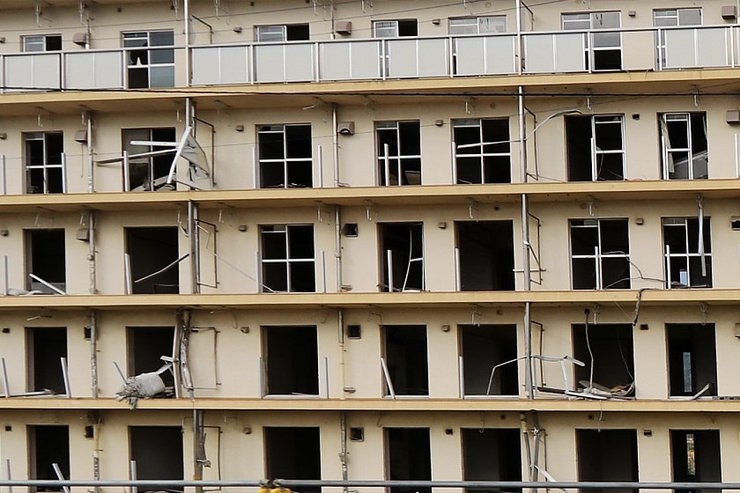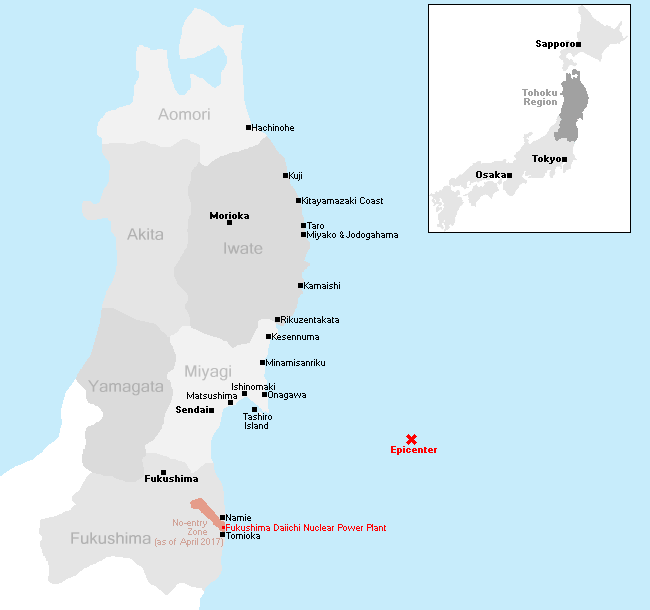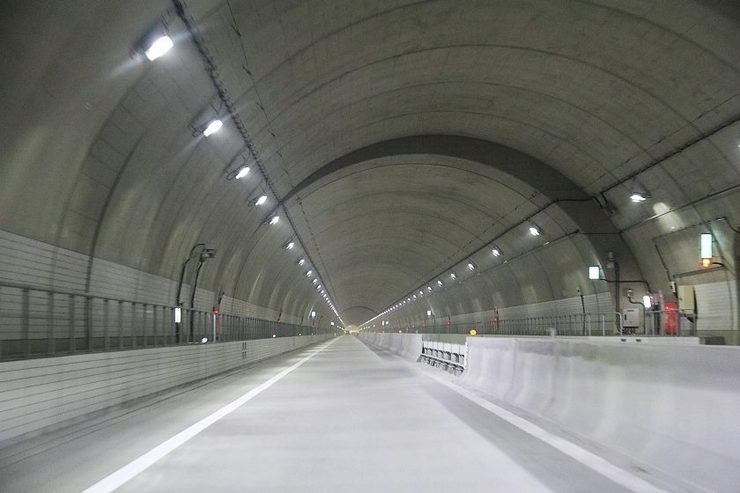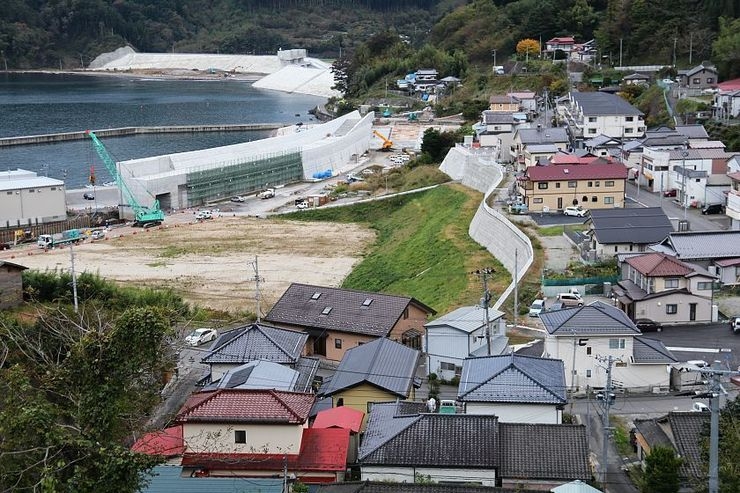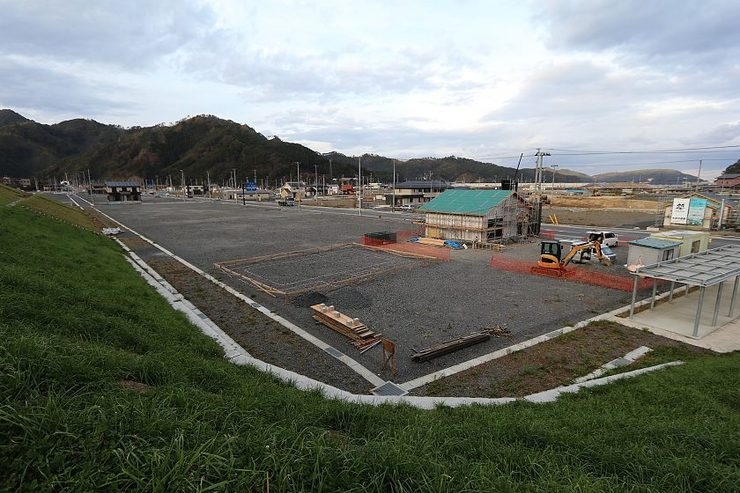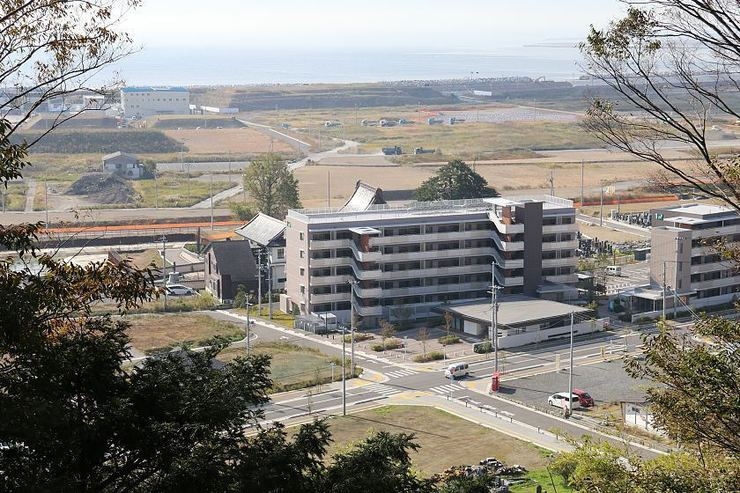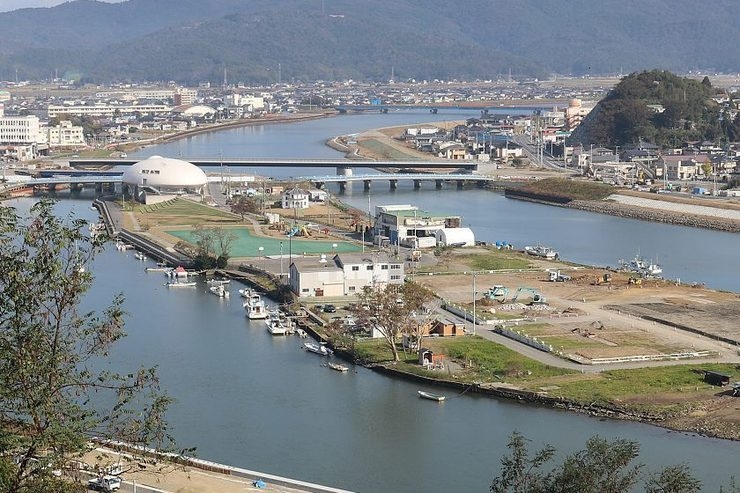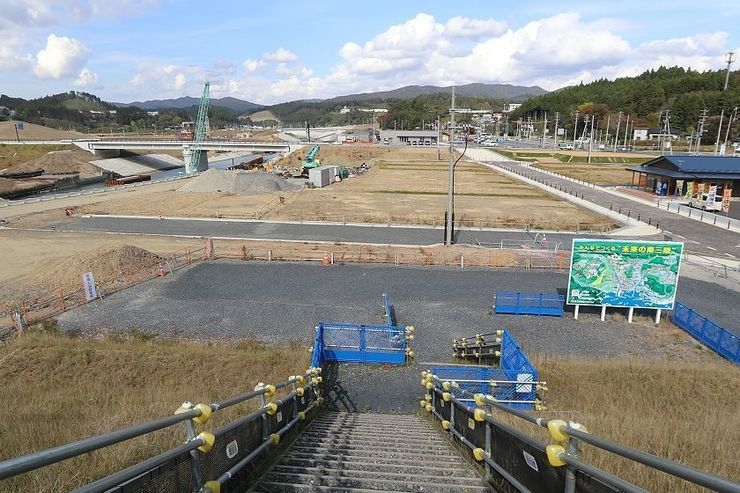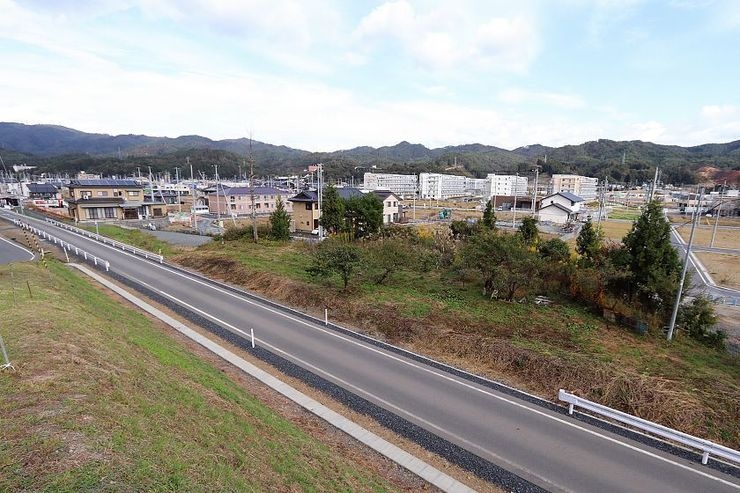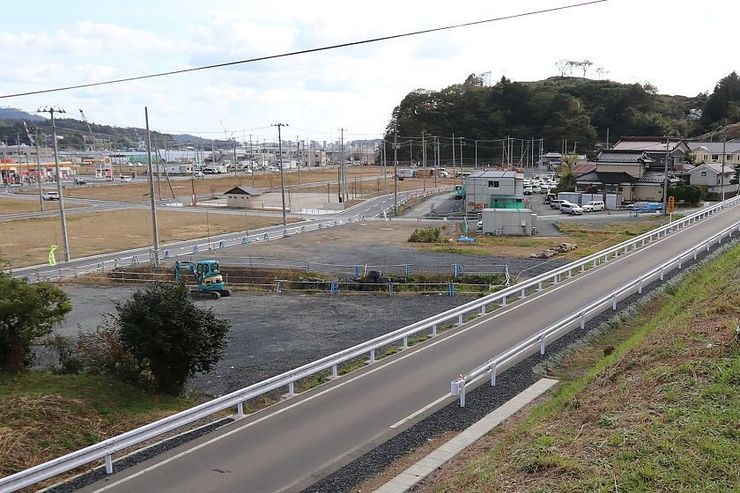Ishinomaki is one of the cities which have plans for a memorial park. Ishinomaki's park will be very spacious, covering a large part of the coastal Minamihama district which was almost completely destroyed by the tsunami. The memorial park will consist of various green spaces with different plants and bodies of water. The park is scheduled to be opened by the 10th anniversary of the disaster.
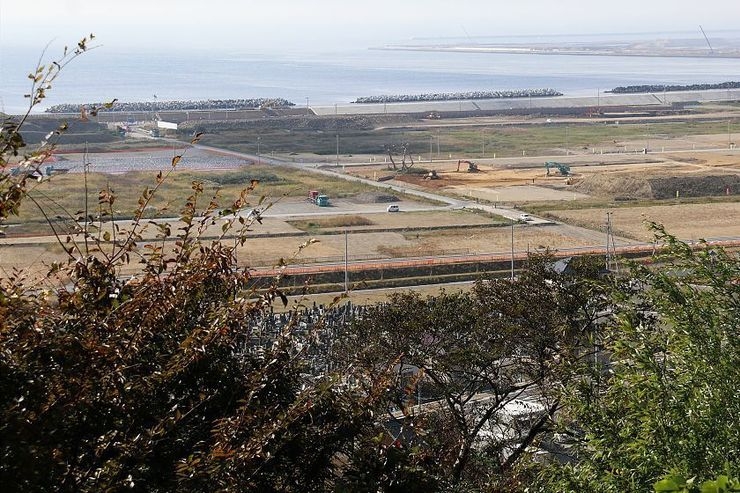
Ishinomaki's memorial park will be built in this coastal district, viewed from Hiyoriyama Park
Compare: Oct 2018 - Apr 2011
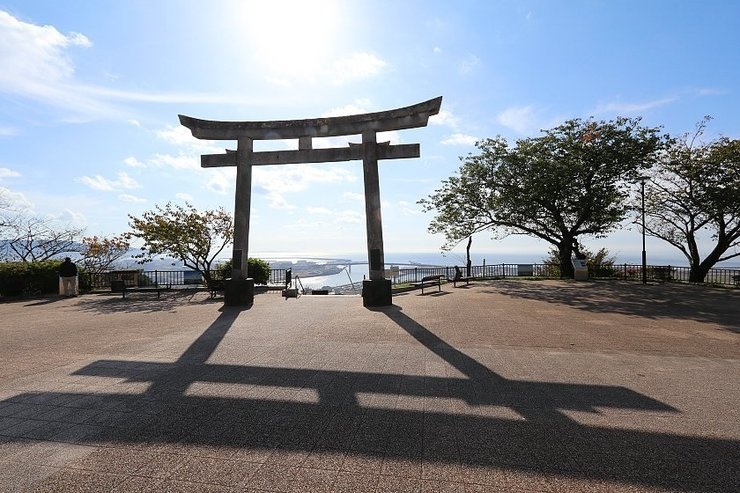
Hiyoriyama Park
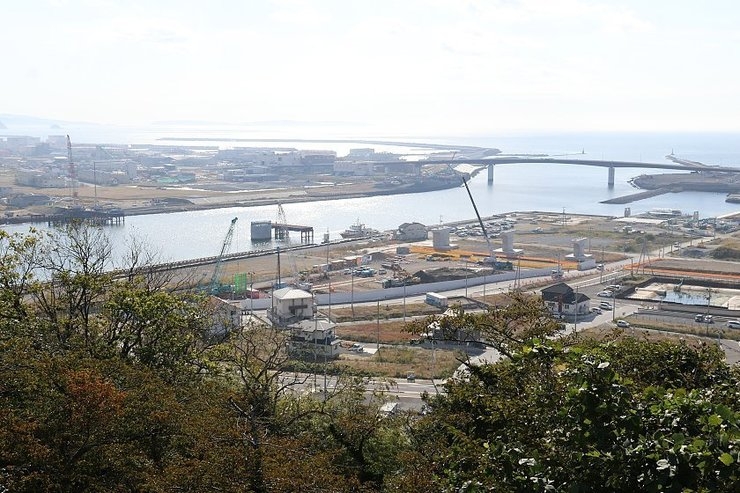
A new bridge is being built over the Kyukitakami River
Minamisanriku's memorial park will surround the former Crisis Management Center and is scheduled to open in autumn 2020. During our stay in the town, we enjoyed a fresh seafood lunch at one of the multiple restaurants at the town's San San Shopping Village.
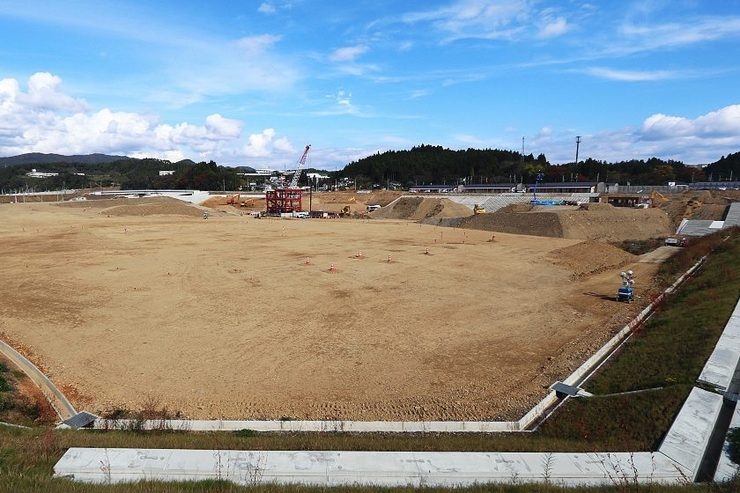
Minamisanriku's future memorial park with the former Crisis Management Center
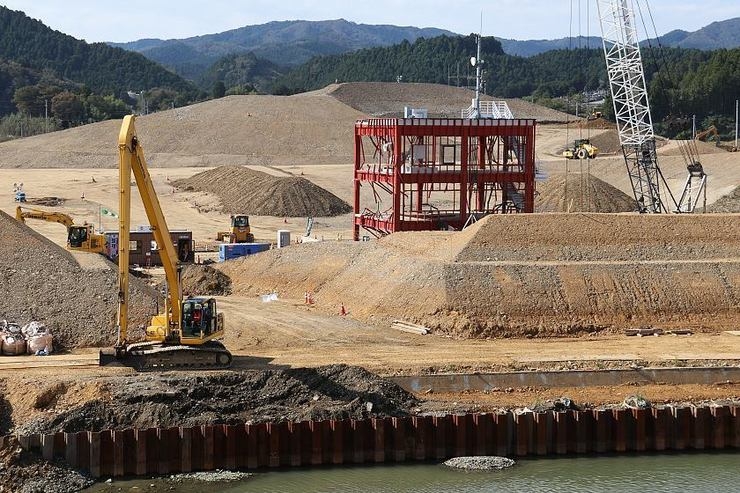
The future memorial park viewed from the San San Shopping Village
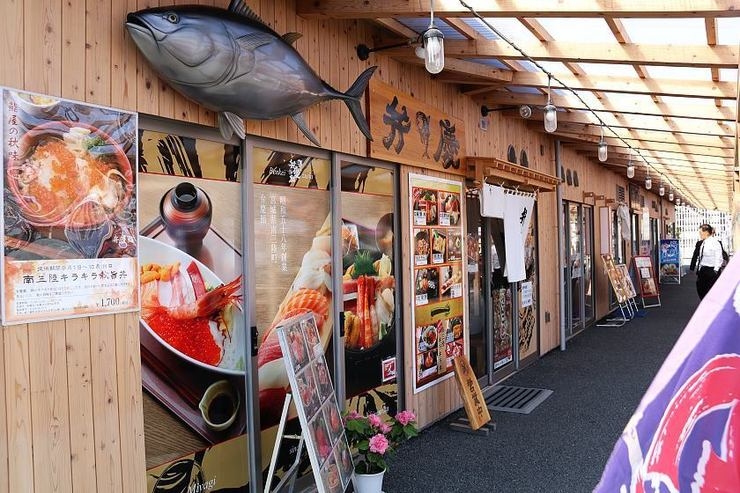
Seafood restaurants at the San San Shopping Village
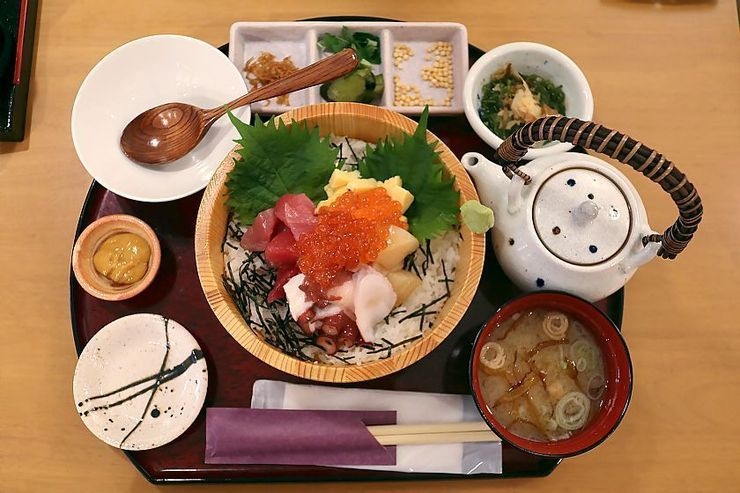
My lunch: Tako Hitsumabushi with local octopus
In Kesennuma, we made a stop in the Shishiori district which was badly damaged by the tsunami, but is now steadily coming back to life, as more and more residential, commercial and industrial buildings are being completed. The district was raised in elevation by a couple of meters for better protection from future tsunami.
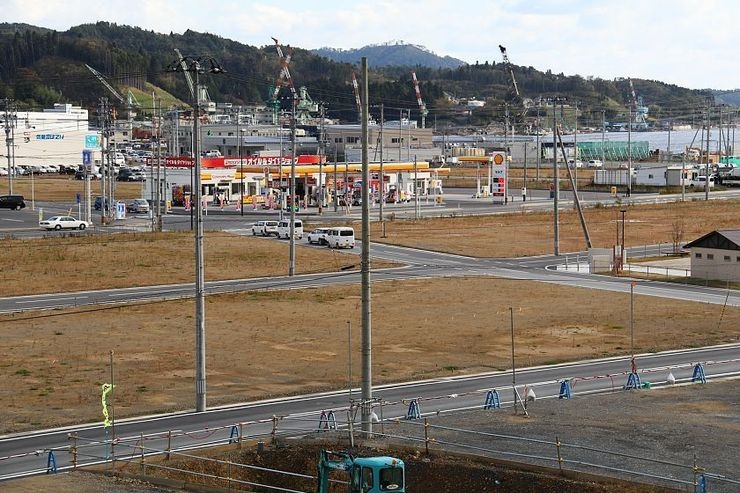
More and more buildings are being completed, but there is still space left for more
In Rikuzentakata we visited the Miracle Pine which can be reached in a 10-15 minute walk from a nearby temporary parking lot. Here, too, a memorial park is currently being built that will include the Miracle Pine, a former roadside station whose ruins have been preserved, and a museum complex. The museum, named Iwate Tsunami Memorial, is scheduled to open in September 2019 in time of the Rugby World Cup while the surrounding park area will take some more time to be completed.
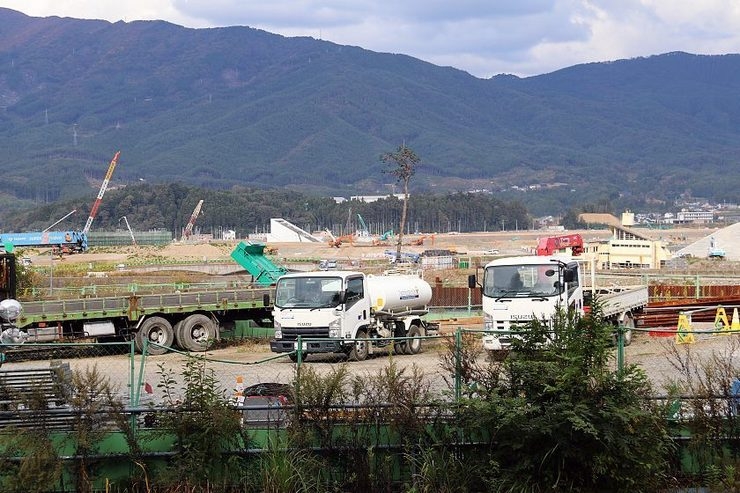
The Miracle Pine and former city center viewed from a distance
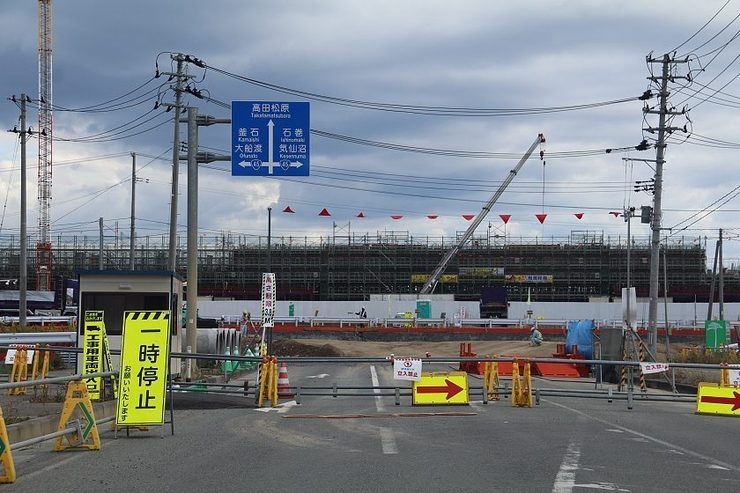
The Iwate Tsunami Memorial under construction
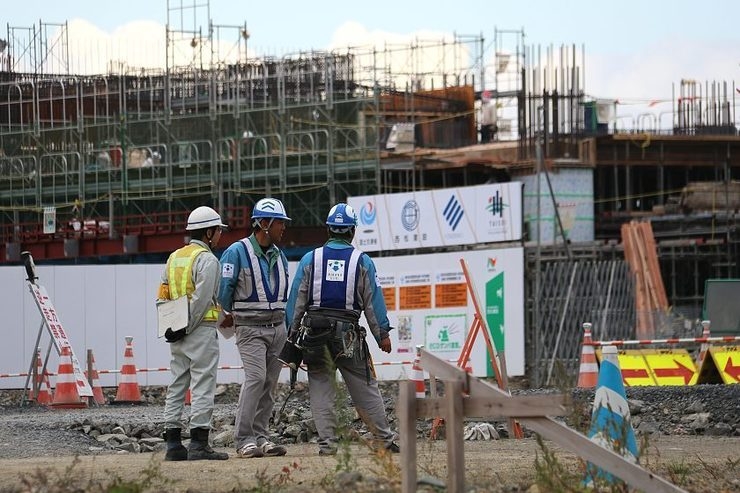
Men at work
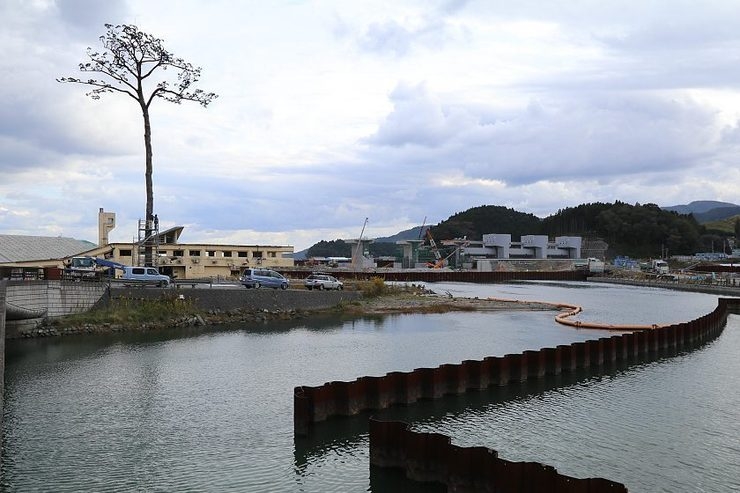
Miracle Pine
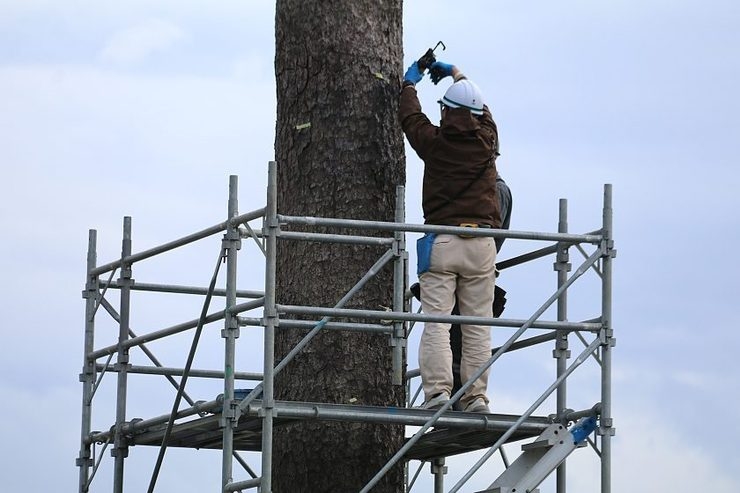
Maintenance work on the artificial tree
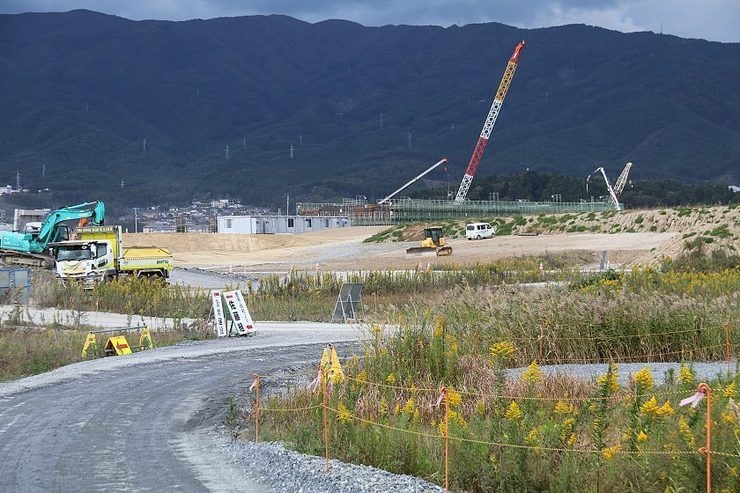
This area will be turned into a memorial park
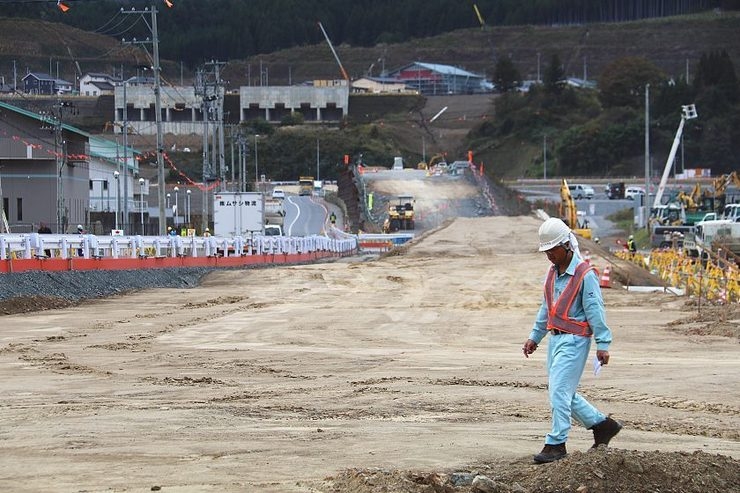
A new, larger bridge is being built at the entrance to Rikuzentakata's city center
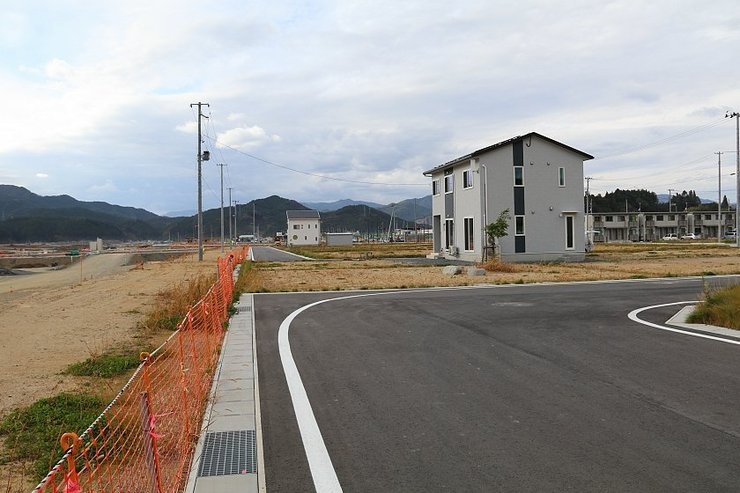
New residences are built on land raised by over 10 meters in central Rikuzentakata
Kamaishi will be one of the twelve venues of the Rugby World Cup 2019, to be hosted by Japan in autumn 2019. The Kamaishi Recovery Memorial Stadium was recently completed in the city's Unosumai district which was destroyed by the tsunami and then raised in elevation. The first match was held there on August 19, 2018 between the local rugby team and Japan Rugby Top League club Yamaha Jubilo with start player Goromaru Ayumu.
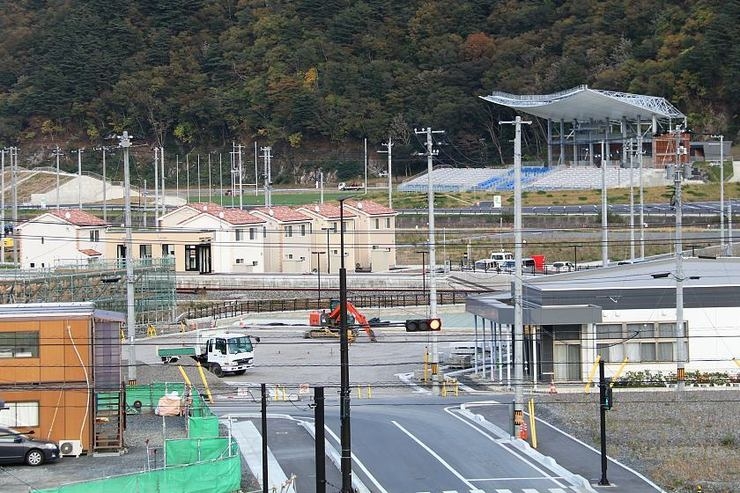
Kamaishi Recovery Memorial Stadium
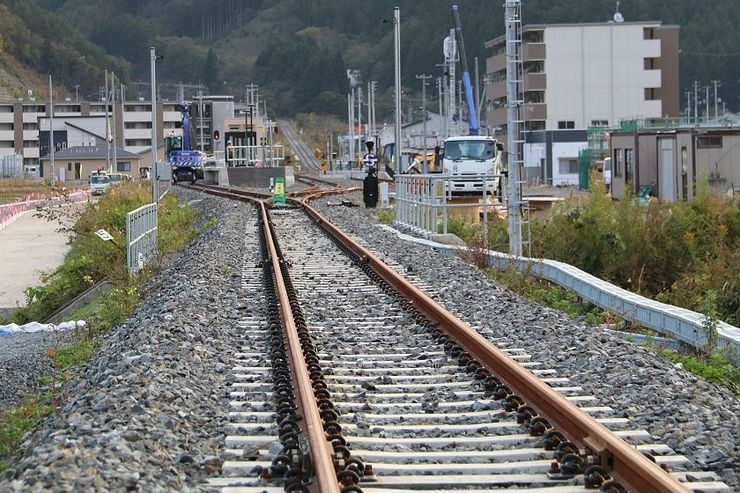
Unosumai Station getting ready for its reopening on March 24, 2019
In Miyako, the Kuwagasaki district is becoming increasingly populated again, as the number of vacant lots is decreasing with each visit. We stayed again at The Park Hotel Jodogahama with its views of pine trees and the ocean that create a relaxing atmosphere difficult to beat.
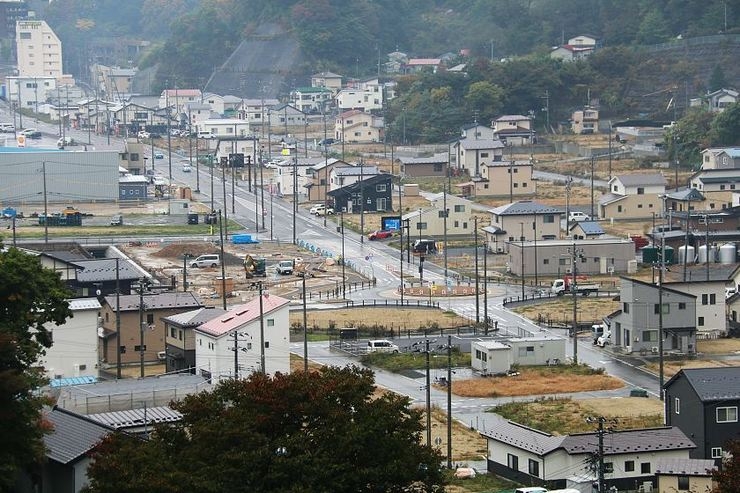
Vacant lots have been decreasing in number quite rapidly
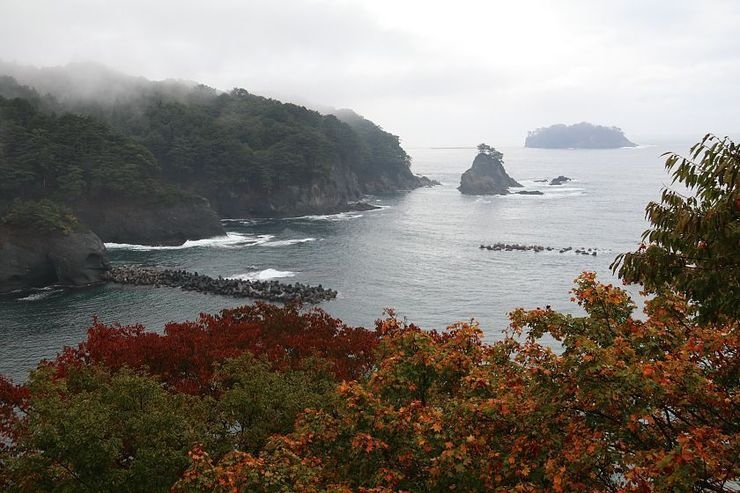
Stormy coast near Jodogahama Beach
We ended our trip with a highlight: we finally walked the first section of the Michinoku Coastal Trail, a trail that follows the beautiful Pacific coast of the Tohoku Region for 700 kilometers, connecting Hachinohe in Aomori Prefecture with Soma in Fukushima Prefecture. The trail starts at Kabushima Shrine in the outskirts of Hachinohe, and we covered the particularly scenic eight first kilometers of it as far as the Tanesashi Coast. The mix of natural beauty, scenic views and fishing ports was highly attractive, and we are looking forward to covering more sections on upcoming recovery reports.
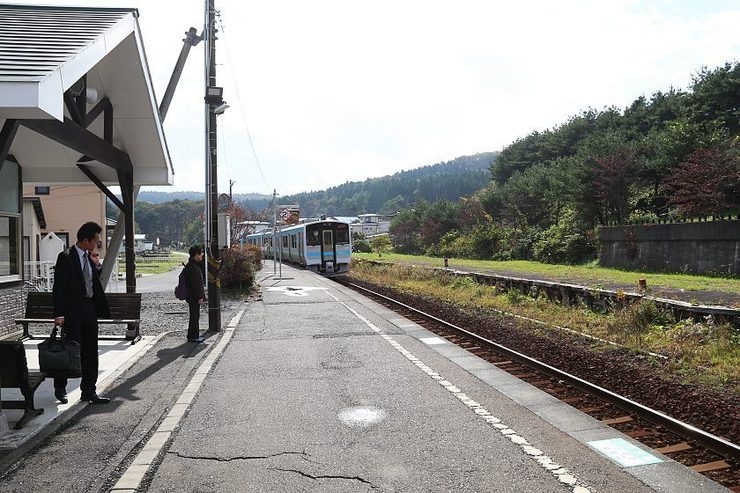
We parked our car near Tanesashikaigan Station and backtracked by train to...
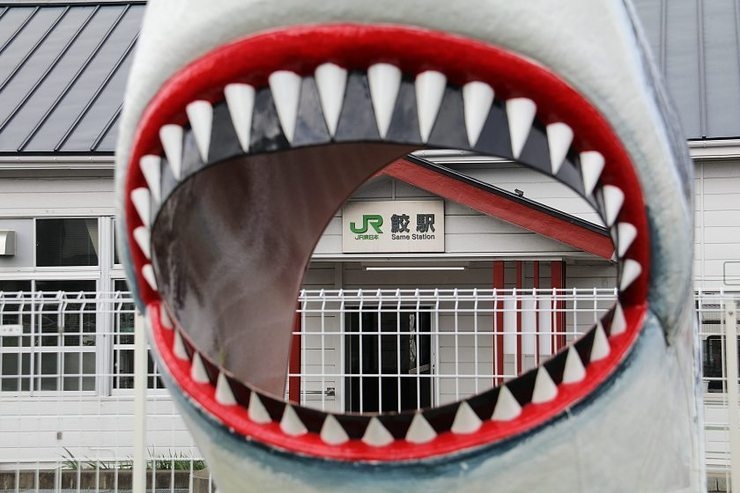
... Same Station near the trailhead of the Michinoku Coastal Trail. Same means shark in Japanese.
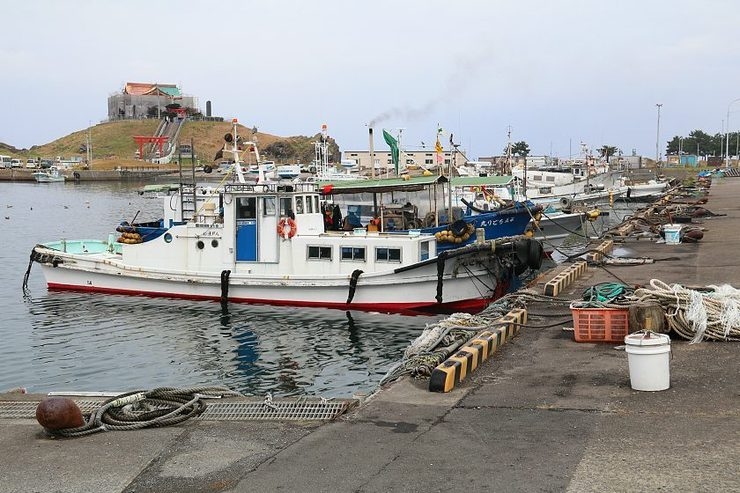
It is a 10-15 minute walk from Same Station to the trailhead next to Kabushima Shrine
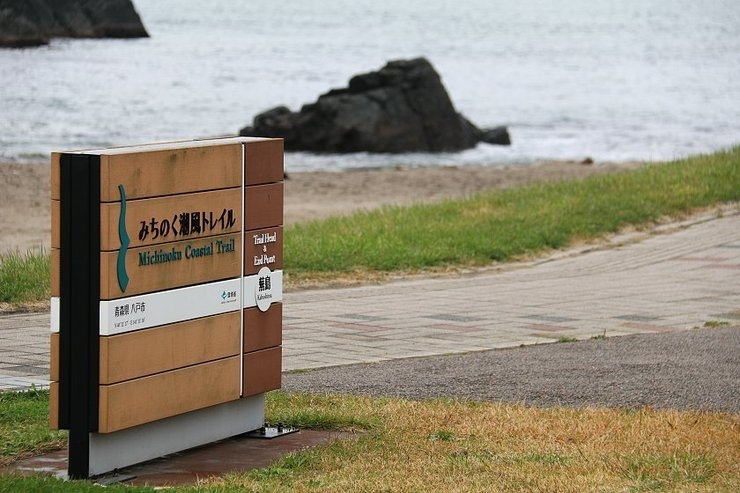
The trailhead is located next to Kabushima Shrine
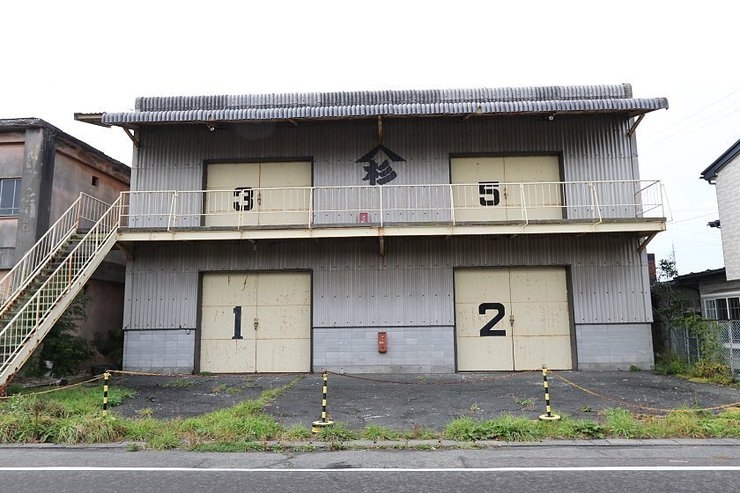
Number 4 is considered unlucky in Japan
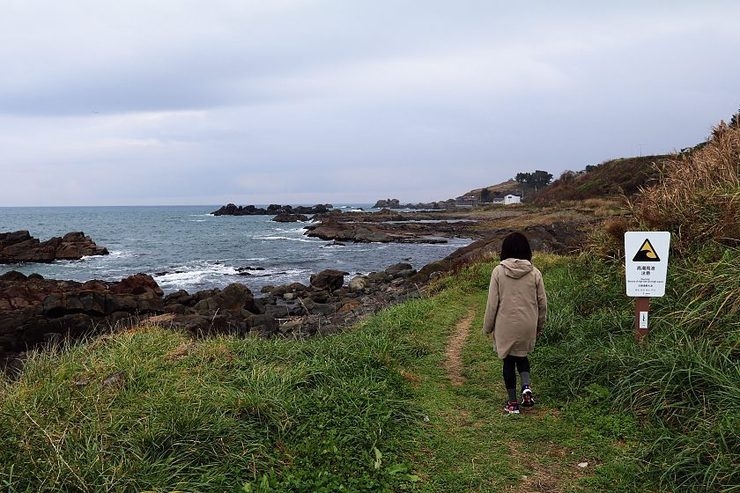
Beautiful scenery not very far from the trailhead

A restaurant I am interested to check out the next time I come

Nice scenery
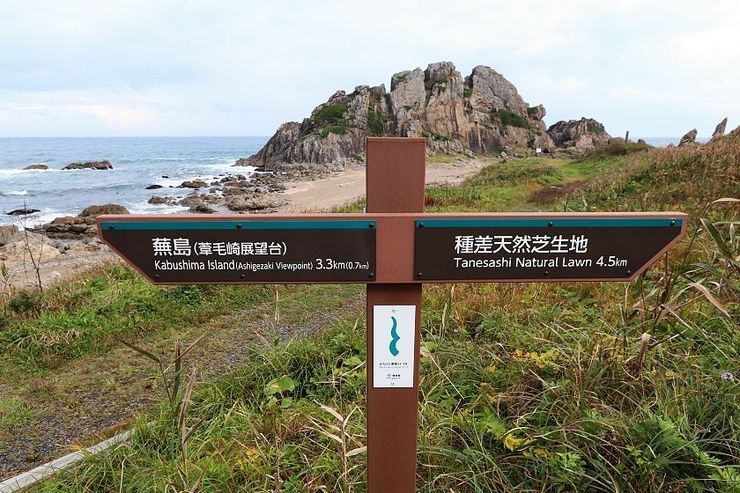
Signs along the trail
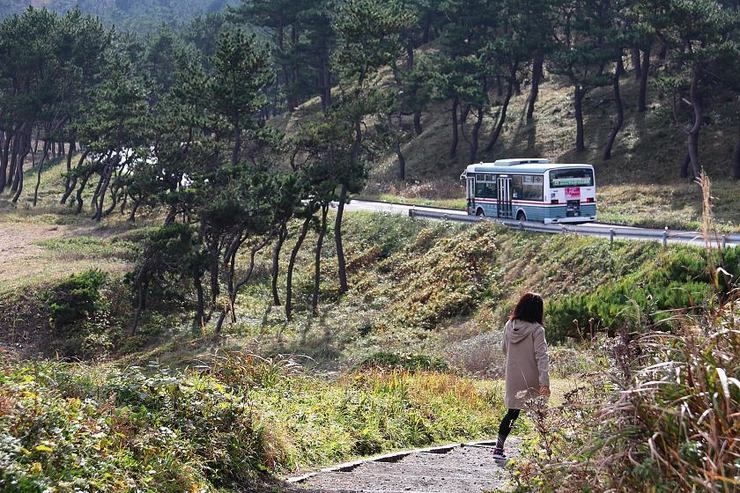
There are also buses between Kabushima Shrine and the Tanesashi Coast
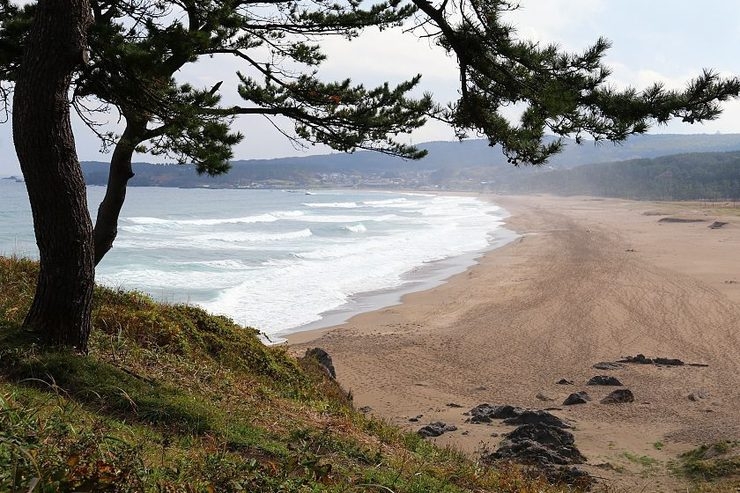
Part of the trail: the almost two kilometer long Osuka Beach
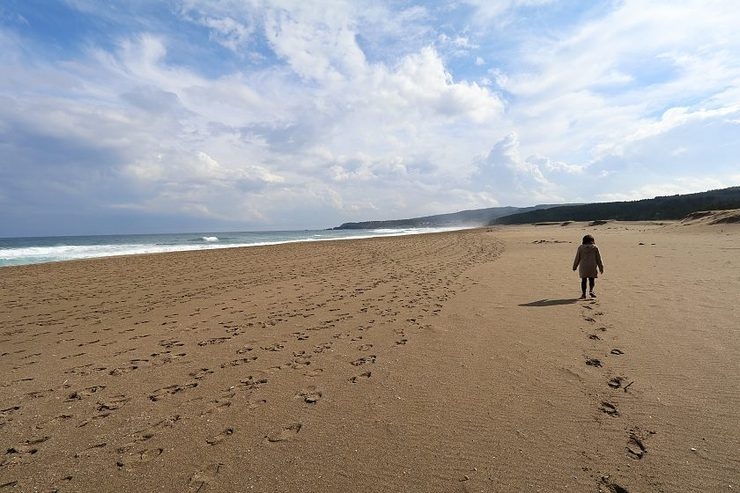
Walking on sand is surprisingly tiring

Approaching one of many small fishing ports
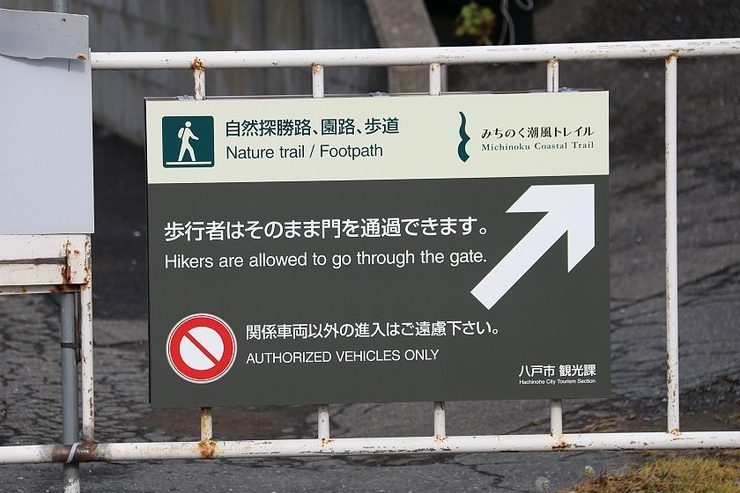
Walkers are welcome to pass through the ports
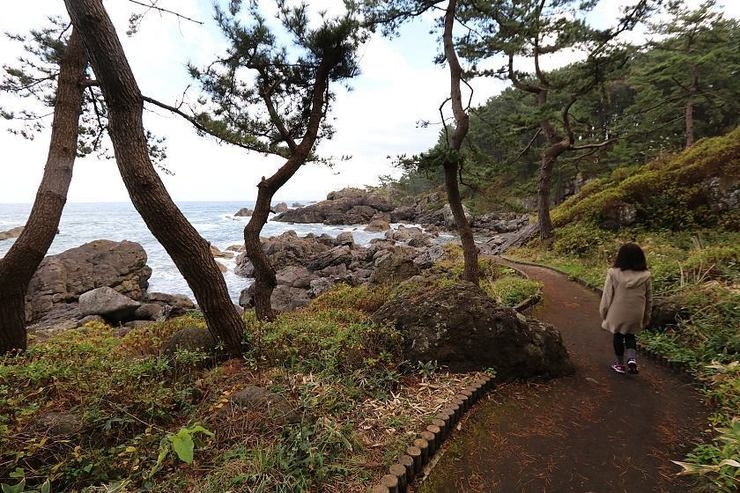
A forested section
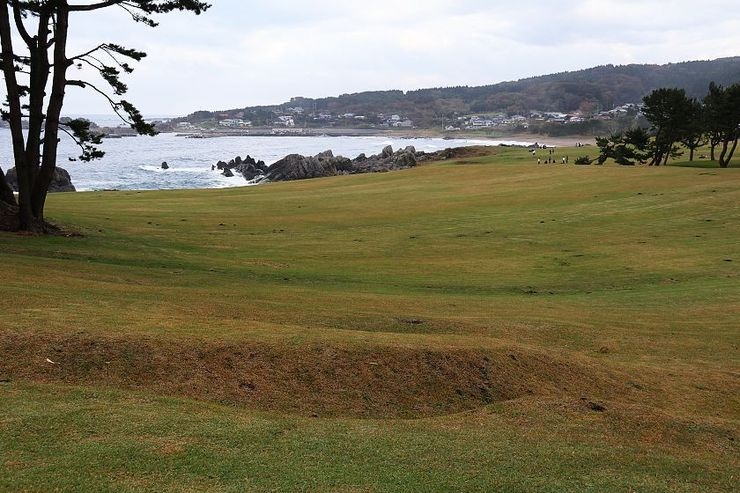
Arriving back at the lawn-covered Tanesashi Coast
